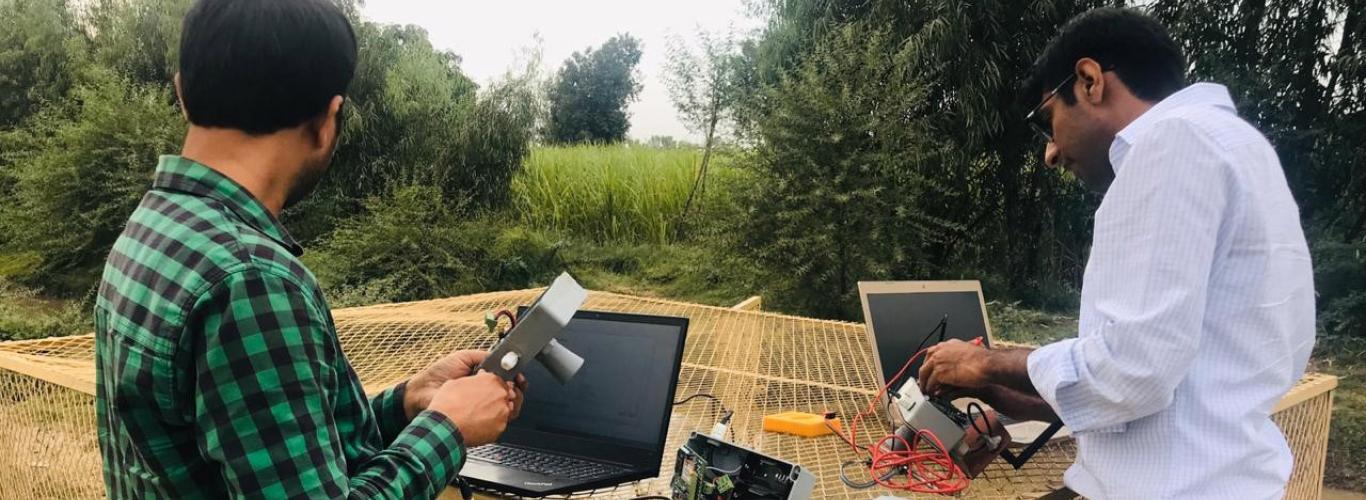Visit to USPCAS MUET and Sensor Installation at Jumrao West Branch, Sindh
The electronics team at Centre for Water Informatics and Technology (WIT) attended a Seminar hosted by US Pakistan Centre for Advanced Studies (USPCAS) at Mehran University of Engineering & Technology, Jamshoro. The seminar was concerned with water canal discharge monitoring at various distributaries for reliable and equitable distribution among the local water users in Sindh. This project represented a joint effort between the academia and the local water institutions, highlighting the importance of latest technology adaptation, improving local water governance and sustainable access to water resources among farmers and communities.
At the seminar, Chairman Sindh Irrigation Drainage Authority (SIDA) Mr. Abdul Basit Soomro, stressed the importance of sustainable irrigation and the importance of employing latest data collection techniques improved monitoring and management of the available water resources. He also called for defining and regulating policies in tackling unsustainable water consumption by farmers and resident’s alike, along with proposing measures for maintaining water quality in streams and canals.
Dr. Abubakr Muhammad (WIT’s Director), highlighted Pakistan’s status an agro-based economy that consumes up to 80% of fresh water and dire need efficient water use in the agriculture sector. Water transportation losses accounts for around 30% of the discharged water and solutions require electronic metering coupled with application of wireless technology in tracking flow distribution across water distributaries and channels.
In addition to seminar participation, the team also calibrated WIT’s developed open-channel flow sensors at a major canal distributary along the Jumrao West Branch. The developed technology measures the water flow distribution across the channel, aiming to increase distribution efficiency and helping communities and organizations to plan and develop irrigation schedules. WIT’s indigenously developed sensor uses the principle of principle of ultrasonic sensing to calculate the real-time water level and thereby utilizing the concept of stilling wells and hydraulic rating equations to derive the real-time discharge flow of the canal. These specialized sensors are currently assisting local communities, water institutions and irrigation departments in developing water rationing mechanisms and preparing efficient irrigation rosters, ensuring sustainable water demand and supply standards.





